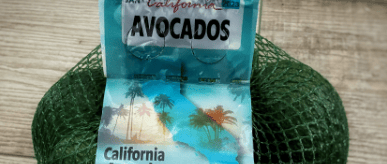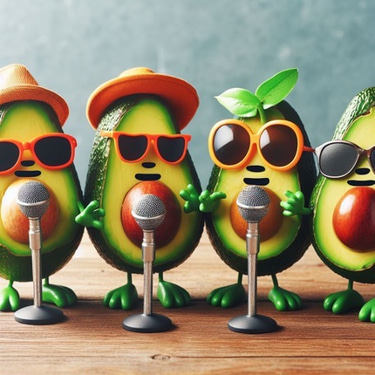What is the “Buy Local” Premium Worth?
Buy local


Over the past several decades the organic avocado market has expanded significantly fueled by consumers’ willingness to pay significant premiums. This premium is well understood but there’s also a premium consumers are willing to pay for locally grown produce. Just go to any farmers market and you’ll see the significantly higher prices consumers are paying for locally grown food.
At a CAC board meeting years ago, CEO Tom Bellamore presented a chart showing the premium California avocados have enjoyed over the past twenty years or so. In some years this premium was nonexistent and in others perhaps three to four percent, but the overall premium was relatively low. Mr. Bellamore suggested that this premium was a result of the grower assessment money spent by CAC to promote avocados but a board member asked this question. “What studies have been conducted looking at the value of the “grow local” premium which would exist in the absence of CAC’s marketing efforts?” Surprisingly the answer was none. When pressed for an answer, Mr. Bellamore replied that the only way to find out is to terminate CAC and see what happens.
In fact there have been numerous studies looking at this question for other produce.
For example an article authored by Carlos E. Carpio and Olga Isengildina‐Massa stated “Findings show that South Carolina consumers are willing to pay an average premium of 27% for local produce and 23% for local animal products.”
https://onlinelibrary.wiley.com/doi/abs/10.1002/agr.20210
In another study conducted by Matthew K.Loke and Ping Sun Leung comparing milk prices in Hawaii they found that “the price premium for the local attribute is estimated at 17.4%”
https://www.sciencedirect.com/science/article/pii/S0022030215001137
In yet another study researchers Samantha L. Werner, John M. Halstead and others stated “Across all three states (ME, NH, VT), consumers are willing to pay price premiums for tomatoes and green beans when produced locally or organically, with price premiums of ranging from 28-81% and 25-92% respectively”
All of these studies concluded that when consumers know produce is locally grown, they are willing to pay up to 92% more. The selling price data collected by the California Avocado Commission (CAC) under the AMRIC program also confirms the "grow local" premium. It shows that California-grown avocados sold within California command a higher price premium than those sold in other states. This data aligns with other studies indicating that the farther the fruit is sold from where it was grown, the lower the premium.
So if consumers are willing to pay significantly higher prices for locally grown produce, why aren’t California avocado growers benefitting? It’s because very little effort is being made to inform the consumer at the point of purchase where almost all buying decisions are made. The next time you go shopping take a look at the avocados on display and look for the country of origin. If you can find it at all it’s likely to be in small print that many would require a magnifying glass to read.
Since California avocados made up only about 8% of the total avocado volume sold in the USA last year, retailers and packing houses are hesitant to differentiate California-grown fruit. From a retailer’s standpoint, it doesn't make much sense to highlight a product that's only available for part of the year and constitutes such a small portion of overall sales.
However, there have been some efforts to make a difference. Last year, a major retailer and Index Fresh collaborated to create a label that prominently displayed California-grown avocados on the packaging. Although the retailer offered this label to other packers, Index Fresh was the only one to use it. If packers and retailers made a better effort to differentiate locally grown avocados, California growers would likely benefit.
